The ’90s were a unique era for television, with a distinctive style that set it apart from today’s programs. From the pacing of shows to the characters, the difference between 90s TV and today are significant. In this article, we will explore some of the key differences between the television of the ’90s and today.
Pacing and storytelling
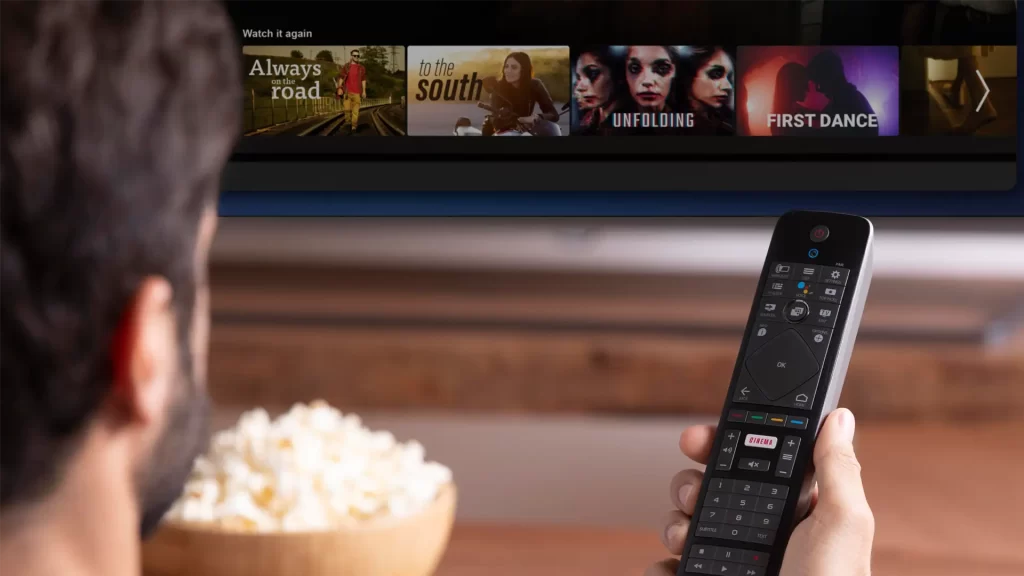
With the rise of streaming television, waiting a week or two for another episode of your favorite show is a thing of the past. I don’t know If you’ve noticed, but now most shows have fewer than 10 or 15 episodes (at most). Shows in the past had a slower pace, with more time dedicated to character development and dialogue; this allowed the audience to get more immersed in the show as they became invested in the characters’ lives on the screen. There were more “filler” episodes, which only aimed to show character traits and relationships that weren’t entirely relevant to the plot but were pleasant to watch. At the end of the day, some people watch TV to turn their brains off for 45 minutes and just be entertained. Nowadays, shows tend to have a faster pace, with more emphasis placed on action and spectacle. Back to the rise of streaming services, episodes have gotten shorter, and networks need to figure out how to capture the viewers’ attention and keep it.
Characters
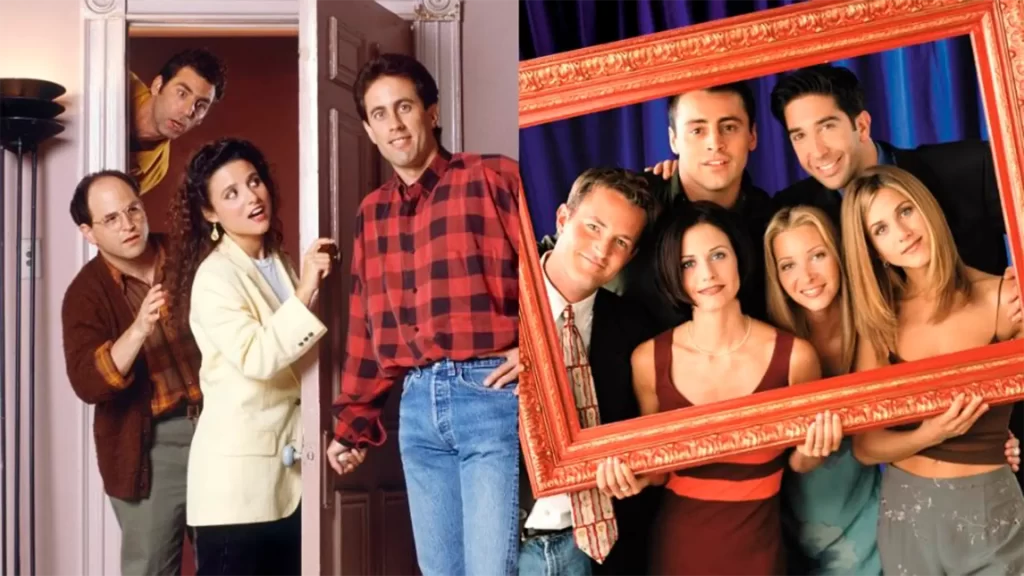
Another significant difference between 90s TV and today is the types of characters featured in shows. In the 90s, characters were often flawed and complex, with storylines that explored their personal lives in depth. Today, characters tend to be more one-dimensional, focusing on their action or comedic abilities rather than their personalities. This premise is particularly true in sitcoms, which often feature characters defined by their quirks and catchphrases.
Characters are the most crucial part of a TV show. Ever since the 2000s and 2010s, society as a whole has changed on a structural level. Some character traits in the 90s and ’80s could not be accepted today. Unfortunately, racism, misogyny, and homophobia were present during those decades, even if it wasn’t evident and as explicit as one would think.
Technology
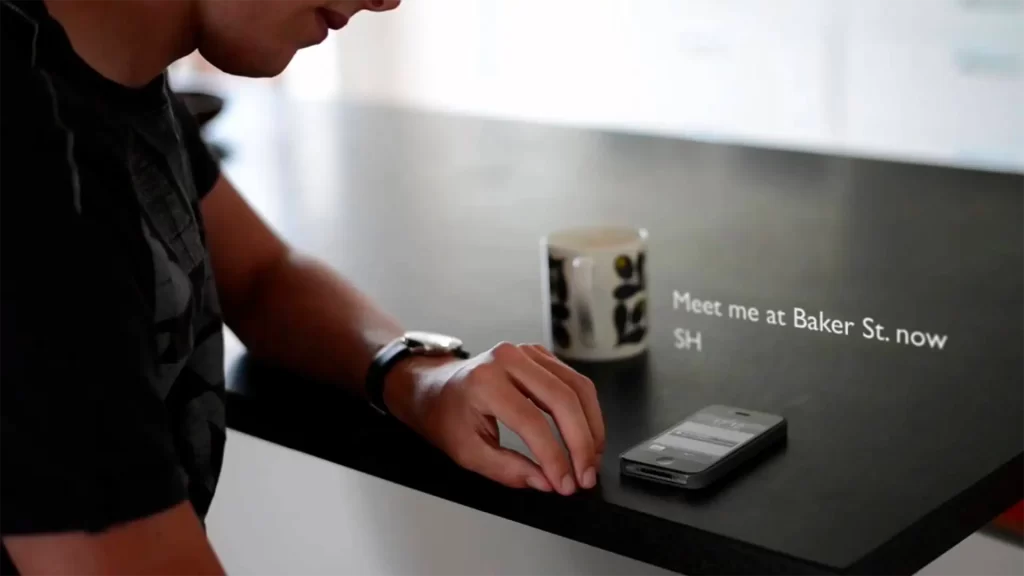
The rise of technology has also significantly impacted the difference between 90s TV and today. In the 90s, the internet was still in its early stages, and cell phones were not yet ubiquitous. This meant that television shows had to rely on other means of communication, such as landline telephones and face-to-face interactions. Today, technology is often an integral part of television shows, with characters using smartphones and social media to communicate and advance the plot.
The impact of technology on the difference between 90s TV and today cannot be overstated. During the 90s, the internet was still in its early stages, and cell phones had yet to become ubiquitous. Consequently, television shows relied on other modes of communication, such as landline telephones and face-to-face interactions. However, technology has become integral to many television shows, with characters frequently using smartphones and social media to communicate and advance the plot.
Social Issues

Another difference between 90s TV and today is the way social issues are addressed. In the 90s, shows were often praised for tackling tough topics, such as race, sexuality, and politics. However, the representation was limited, with only a few shows tackling these issues. The representation and inclusivity in television shows have improved with more representation of people of color, the LGBTQIA+ community, and people with disabilities.
Today, social issues are more widely addressed, with shows actively highlighting and challenging harmful societal norms. More characters break the standards that were non-existent on TV and general media back in the day and were seen as Taboo. This is a particularly controversial topic because some people argue about “forced inclusivity,” and while sometimes it may be the case, for example, when writers want to write an LGBT+ storyline into a show. The character’s only personality is their sexual identity or preference. In recent years, with the rise of remakes, changing a character’s skin color or nationality has everyone with conflicting opinions (such is the case of The Little Mermaid remake starring Halle Bailey). But that’s a story for another article.
Conclusion
In conclusion, the differences between 90s TV and today are significant. From pacing to characters to technology, the changes in television have transformed the way we consume and enjoy our favorite shows. While some may prefer the slower pace and complex characters of the 90s, others may enjoy the faster-paced, action-packed shows of today. Regardless of personal preference, it’s clear that television will continue to evolve and change as technology and society continue to progress.



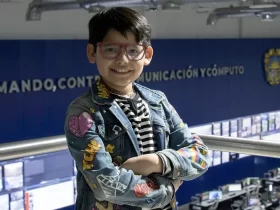

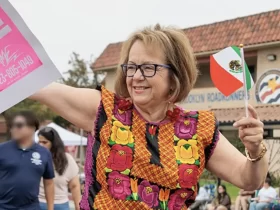

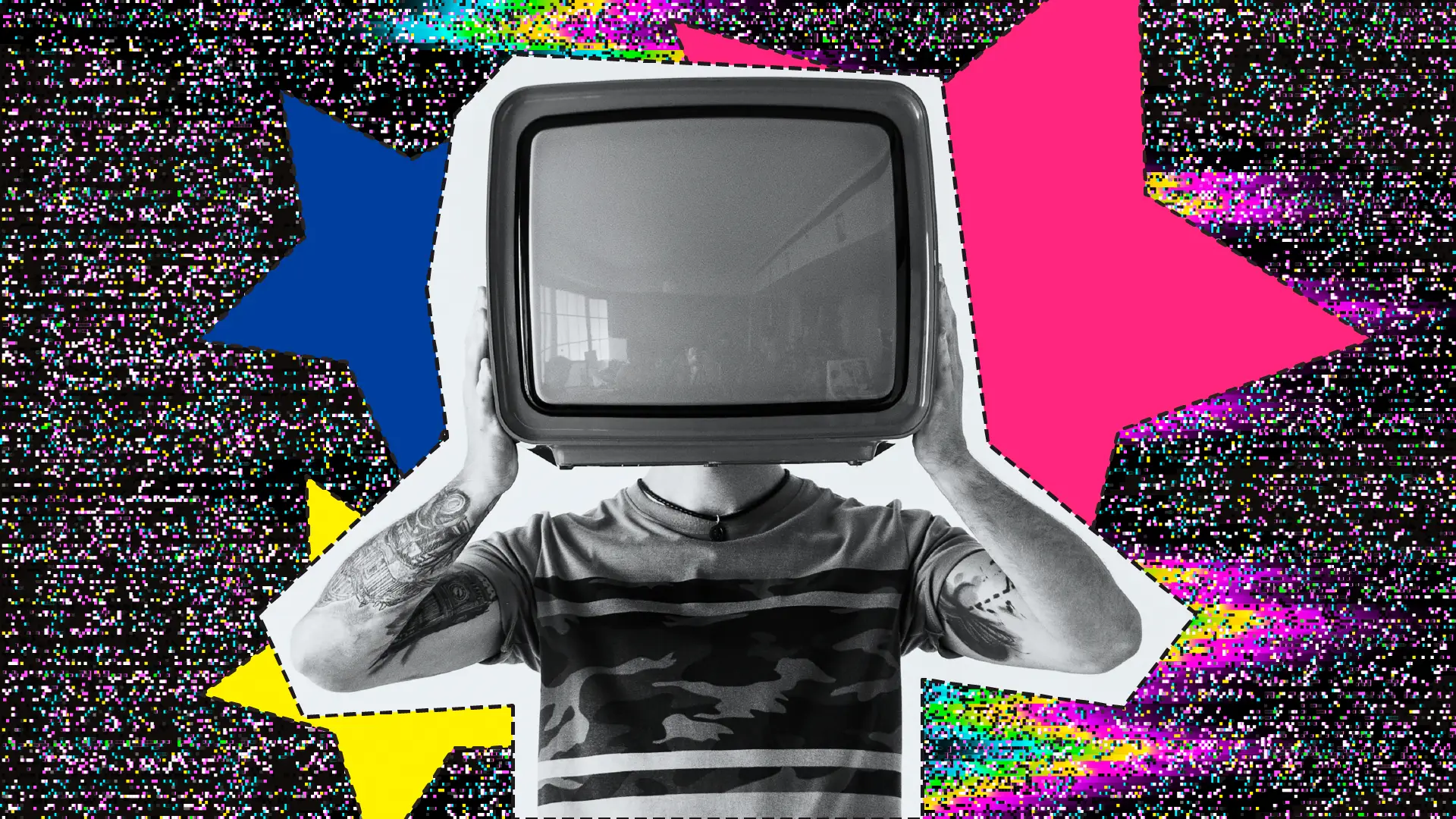
































Leave a Reply